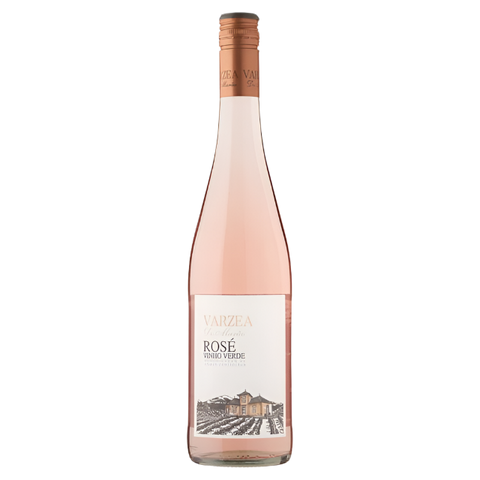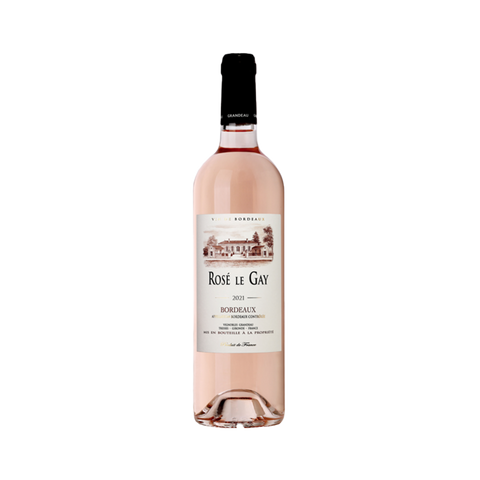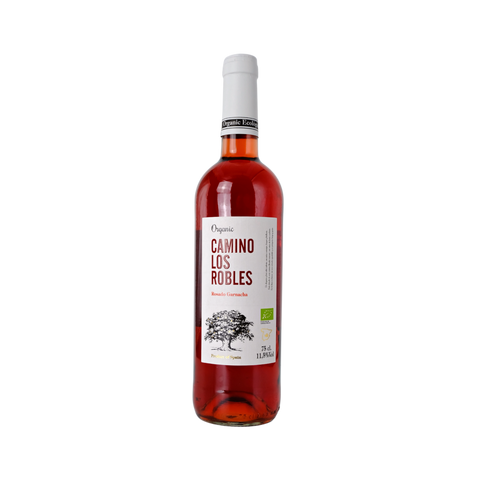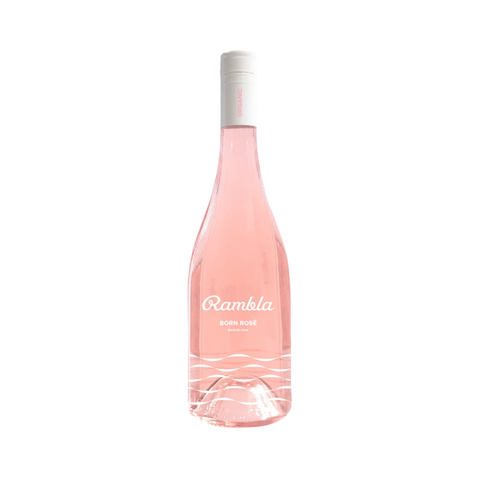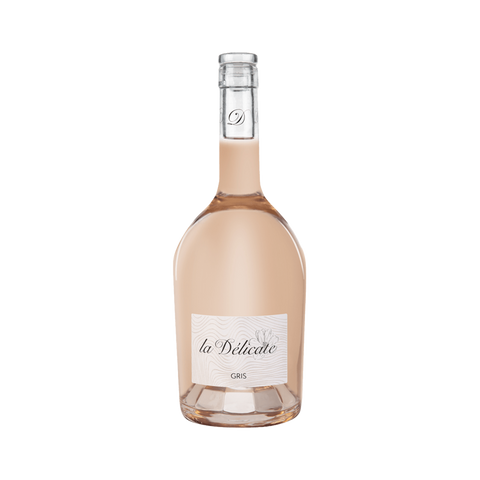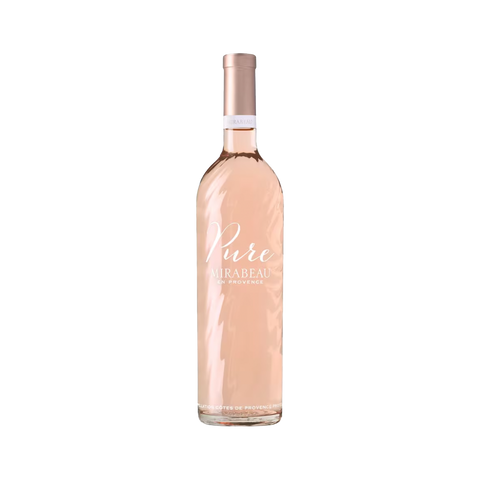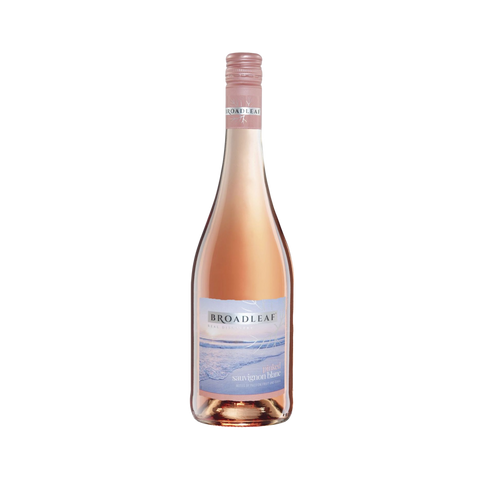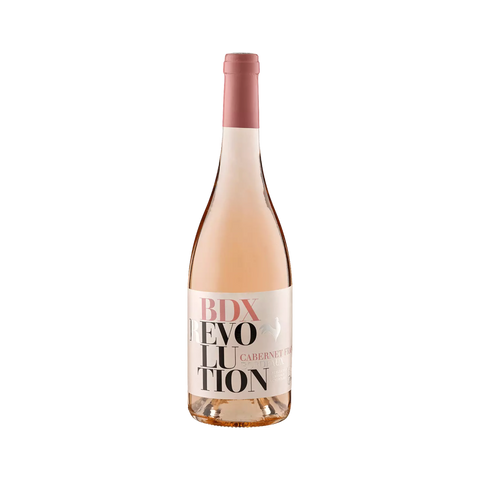There are several types of rosé wine, each with its own unique characteristics based on grape varieties, winemaking techniques and regional influences. Here are some of the different types of rosé wine bottles:
Provence Rosé: Hailing from the Provence region of France, Provence Rosé is known for its pale pink colour, delicate aromas of red berries, citrus and herbs, and refreshing acidity. Typically dry, crisp and light-bodied, these wines are ideal for warm weather and alfresco dining.
White Zinfandel: White Zinfandel is a popular style of rosé wine made primarily from Zinfandel grapes in California. It is often off-dry to slightly sweet, with flavours of strawberry, watermelon and tropical fruit. White Zinfandel is known for its approachability and fruity profile.
Spanish Rosado: Rosado wines from Spain, such as those from Rioja, Navarra and Catalonia, offer a range of styles from light and fruity to more structured and complex. They can have flavours of red berries, stone fruit and floral notes, with balanced acidity and sometimes a hint of spice.
Italian Rosato: Italy produces a variety of rosato wines, including those made from Sangiovese, Montepulciano and Nebbiolo grapes. Italian rosés can range from pale pink to deeper hues, with flavours of cherries, strawberries, herbs and a lively acidity. They are versatile for pairing with Italian and Mediterranean cuisine.
Grenache Rosé: Rosé wines made from Grenache (Garnacha) grapes are popular in regions such as the Rhône Valley (Tavel), southern France and Spain. These wines often have a richer colour and fuller body, with flavours of red fruit, floral aromas and a hint of spice. Grenache rosés can be dry or slightly off-dry, offering a robust yet approachable profile.
Blush wine: Blush wine is a term often used interchangeably with rosé wine, particularly in the United States. Blush wines can encompass a range of styles, from dry to sweet, and may feature a blend of red and white grape varieties, resulting in a pink or blush colour.
International rosé styles: Many wine regions around the world produce rosé wines with unique characteristics. For example, New World regions such as Australia, South Africa and Chile offer rosés with vibrant fruit flavours, while regions in Germany and Austria produce rosés from grape varieties such as Pinot Noir and Zweigelt.
These are just a few examples of the diverse range of rosé wine styles available, each offering different flavours, aromas and characteristics to suit different tastes and occasions.

